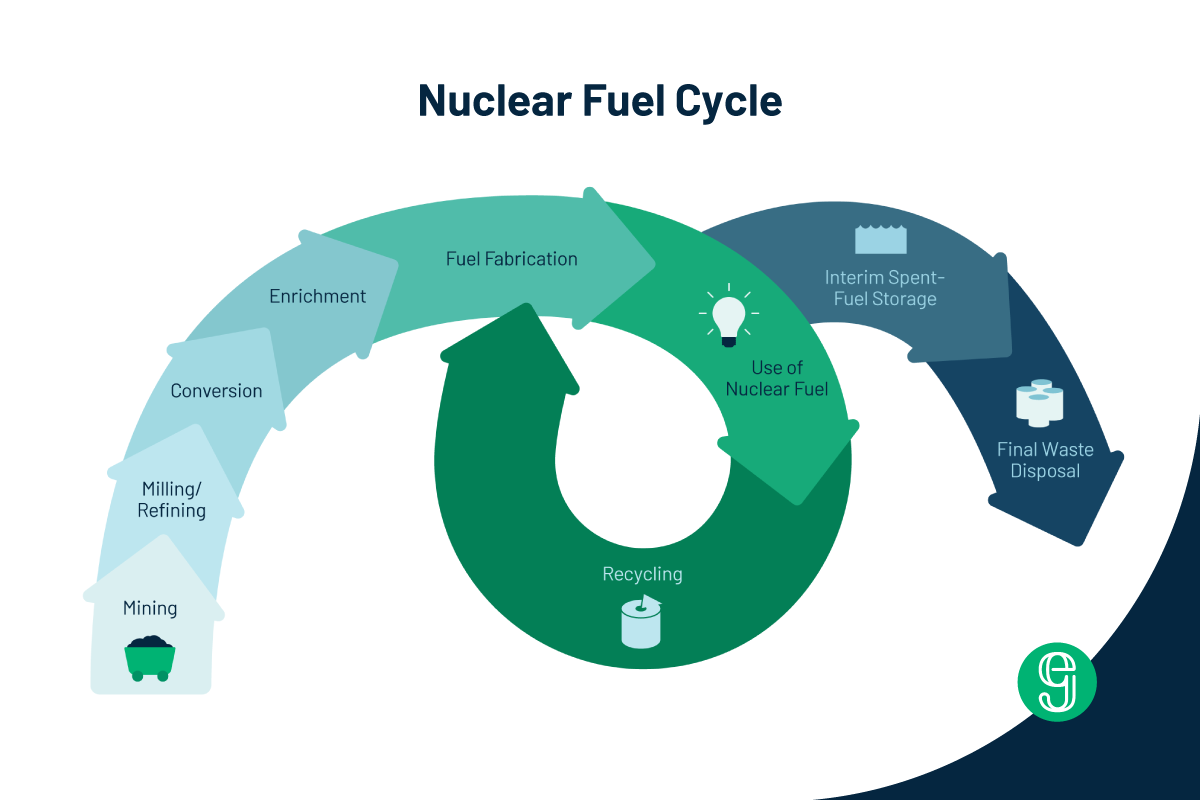Our panel and participation at GCEAF was part of the launch of an international initiative called RISE3

Good Energy’s Jackie Toth and Jessica Lovering preparing to leave for GCEAF in Pittsburgh.
With the war in Ukraine continuing to boil and the pandemic simmering in the background, last month Pittsburgh brimmed with ministers, engineers, and advocates from around the world who flocked to this steel-made metropolis to discuss how to expand the deployment of nearly every clean energy technology.
Air travelers will have immediately known they were in the right place when the disembodied voice of Energy Secretary Jennifer Granholm greeted them in the people-movers at Pittsburgh International Airport. The forum, which ran Sept. 21-23, had something for everyone: We and other registrants squinted at our schedules to select from a smorgasbord of panels on clean energy technologies — including Good Energy’s conversation on how to advance environmental justice across the nuclear energy lifecycle, co-hosted with the University of Michigan’s Fastest Path to Zero initiative and the Nuclear Energy Institute. Our panelists talked about the need for industry and government to earn the public’s acceptance of nuclear technology — and how that starts with focusing on working to achieve equitable outcomes in technology access and community benefits.
Our panel and participation at GCEAF was also part of the launch of an international initiative called RISE3 — the Campaign to Research the Impacts on Social Equity and Economic Empowerment. Its goals align with two core priorities for Good Energy: to build bridges between the renewable energy and nuclear community, and to bring good social science academic research to bear in the adoption of new nuclear. Of course, the initiative has only just launched; already, we are thinking about ways that, in future fora concerning all types of clean energy, nuclear and renewables experts have more opportunities to de-silo and talk in the same room on shared topics of interest.

Among people already interested in the prospects of supporting coal-closure communities with nuclear energy, talk of coal-to-nuclear transitions featured heavily. One session explored how nuclear can help fossil fuel-reliant communities preserve or bring back tax revenues and support well-paid, union jobs. Sergio Espinosa of the International Brotherhood of Electrical Workers said that for IBEW, “We see the coal to nuclear transition to be by far the best transition possible for regeneration for our membership.” In another panel on accelerating the adoption of nuclear energy, local U.S. Rep. Conor Lamb (D-PA) said that planning for a site transition to nuclear plants should accompany all coal plant closures. But nuclear never came up at a globally focused session that Jessica attended on diversifying coal communities.
Public speakers entertained large crowds while key officials conducted intergovernmental business. U.S. West Virginia senator and general newsmaker Joe Manchin (D-WV) talked about permitting reform to an early morning crowd, while several protesters momentarily held him accountable over his support for the Mountain Valley Pipeline. Energy ministers discussed pressing global security issues and set up a fund intended to amplify international efforts to transition to clean energy through public-private partnerships. Separately, 16 countries contributed $94 billion toward clean energy demonstrations—four years ahead of the goal set by President Biden. (For a full list of federal announcements tied to the event, see this U.S. Department of Energy fact sheet.)
Still, one of my favorite panels took place near the forum’s conclusion, toward the very back of the main hall. The panelists, most of whom were young people currently or previously affiliated with Student Energy, averred how vital it is that people in positions of authority meaningfully bring youth into decision-making processes. Amid the pomp of roaming the conference center with energy ministers and C-suite executives, they castigated the governments participating in GCEAF for “youthwashing.” They thought a show was being made of inviting youth to participate, while ultimately excluding them from the closed-door meetings where officials made impactful choices about the world’s energy future.
While this kind of international event is a thrill to attend, I’m thinking about other people who also weren’t in the room. Those include people throughout the U.S. toward whom the federal government and developers still need to be responsive as we move forward with the transition to non- and low-emitting energy sources. Communities have questions about the transmission, renewable, and nuclear infrastructure that could help us achieve a livable climate. We hope to play our part in connecting them with the experts and resources they require to arrive at informed decisions about a sustainable path forward.















































.png)























.png)






%252520(1200%252520%2525C3%252597%252520800%252520px).png)







